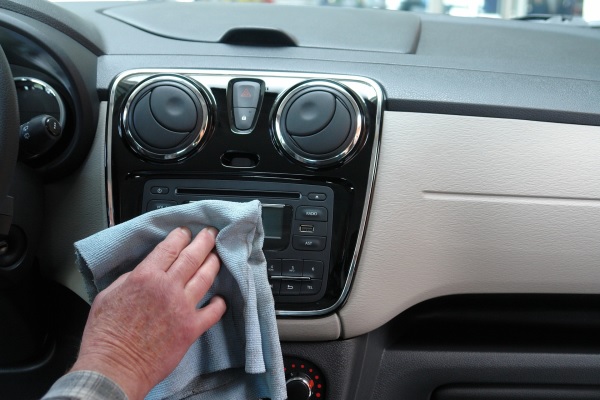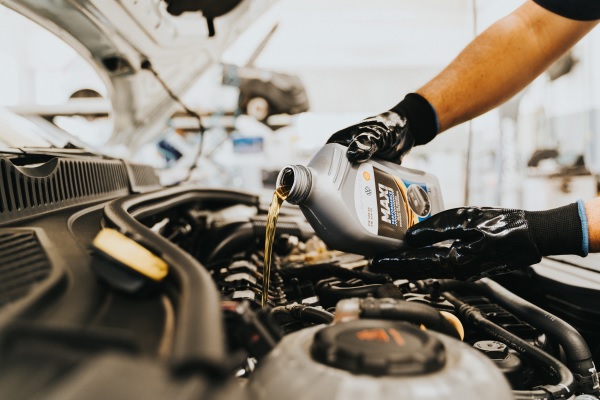Navigating through the journey of car ownership necessitates a basic understanding of maintenance to ensure safety, longevity, and optimal performance. This guide demystifies the essentials of car care, providing beginners with a solid foundation to keep their vehicles in prime condition.

The Pillars of Regular Maintenance
- Safety Assurance: Preventative measures mitigate risks of malfunctions, safeguarding you and your passengers.
- Vehicle Longevity: Consistent upkeep protects your investment, ensuring your vehicle serves you reliably for years.
- Operational Efficiency: Regular checks and timely interventions ensure your vehicle delivers optimal performance and fuel efficiency.
Dive into Basic Maintenance Tasks
- Oil Change
- Significance: Oil minimizes friction within the engine, preventing premature wear and overheating.
- Frequency: Generally, every 3,000 to 5,000 miles, but always refer to your vehicle’s manual.
- DIY Approach: Gather essential tools and supplies like the correct oil type, an oil filter, an oil pan, and a wrench. Ensure to follow local regulations for disposing of or recycling used oil.
- Tire Maintenance
- Significance: Well-maintained tires enhance vehicle handling, fuel efficiency, and overall safety.
- Frequency: Monthly pressure checks and rotations every 6,000 to 8,000 miles are standard.
- DIY Approach: Master the use of a tire pressure gauge and a jack for tire rotations and replacements, ensuring all tires are in optimal condition and correctly aligned.
- Battery Care
- Significance: A functional battery is pivotal for starting the car and powering electrical components.
- Frequency: Monthly checks for corrosion and secure connections are advisable.
- DIY Approach: Regularly inspect for corrosion, clean terminals with a wire brush, and ensure the battery is securely fastened.
- Brake Checks
- Significance: Reliable brakes are paramount to safe driving and accident prevention.
- Frequency: Inspect brake pads every 12,000 miles and monitor brake fluid levels annually.
- DIY Approach: Learn to recognize the signs of worn brake pads (e.g., squeaking noises) and understand the process of replenishing brake fluid.
- Fluid Levels
- Significance: Adequate fluid levels are crucial for various systems, such as cooling and lubrication, to function seamlessly.
- Frequency: Monthly checks and adherence to replacement schedules in your vehicle’s manual.
- DIY Approach: Identify and familiarize yourself with the location and checking procedure for various fluids, including coolant, windshield washer, and transmission fluid.
Additional Maintenance Insights
- Air Filters: Regularly check and replace air filters to ensure optimal engine performance and interior air quality.
- Lighting & Indicators: Ensure all lights (headlights, tail lights, indicators) are functional to maintain visibility and communicate effectively with other road users.
- Windshield Wipers: Replace wiper blades periodically to ensure clear visibility during adverse weather conditions.
- Drive Belts & Chains: Monitor the condition of drive belts and chains to prevent unexpected breakdowns.

Conclusion
Mastering the basics of car maintenance can significantly enhance your vehicle ownership experience, ensuring safety, reliability, and optimal performance. While professional servicing is essential for certain aspects, understanding and conducting basic upkeep empowers you to maintain your vehicle effectively between professional check-ups.
Engage with Us!
We’d love to hear about your experiences and challenges with DIY car maintenance! Share your stories in the comments, and join our community of car enthusiasts. Subscribe to our newsletter for more guides, tips, and insights into the world of automotive care.

